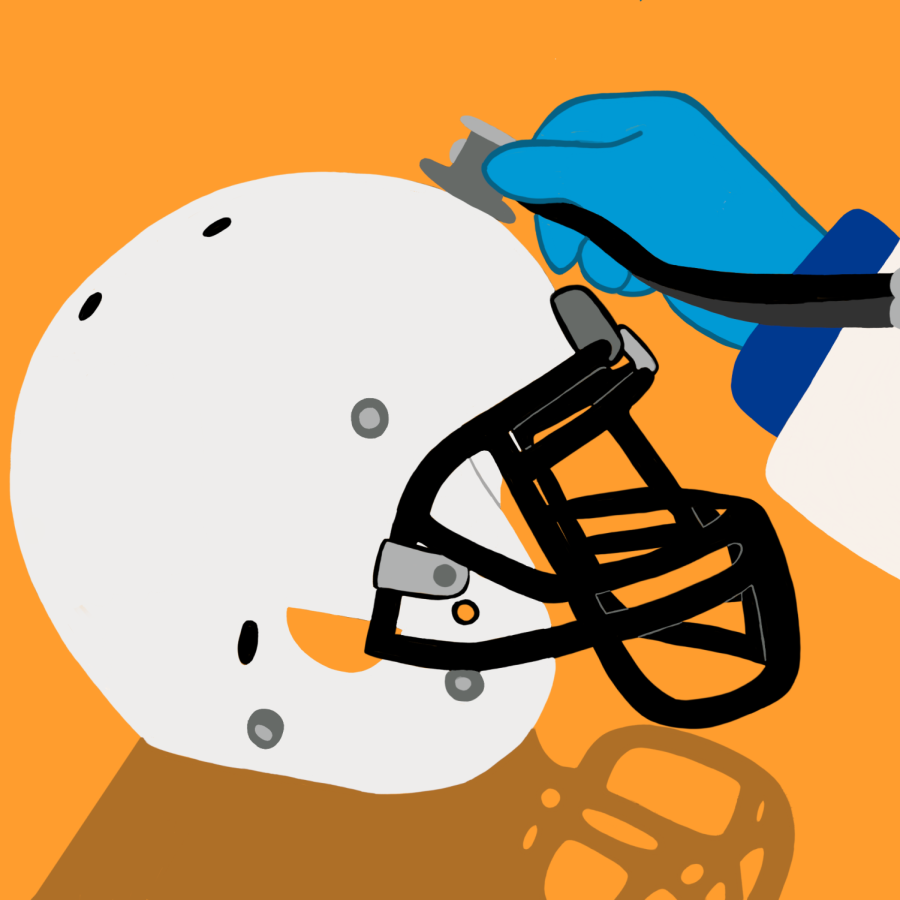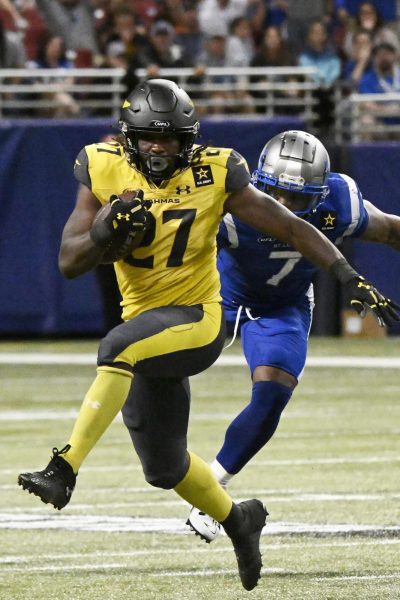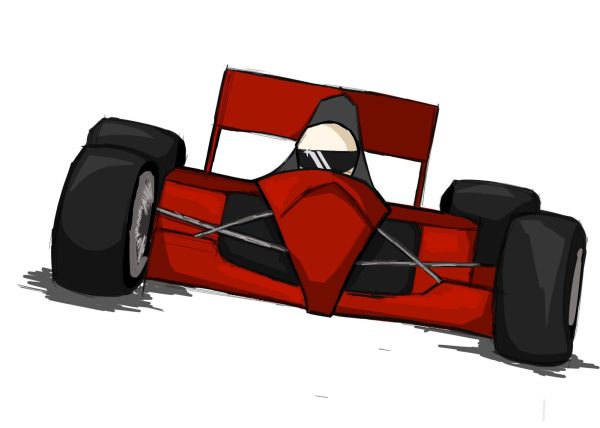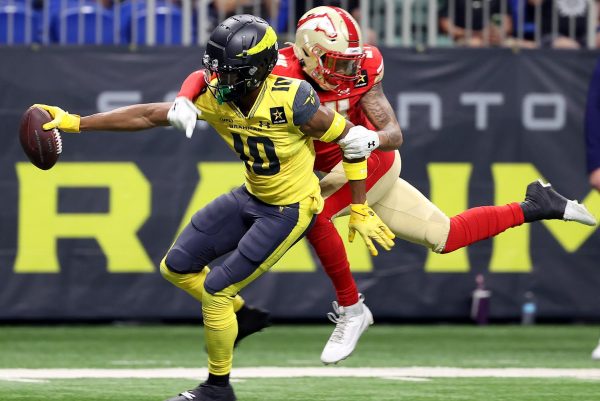The epidemic of concussions in the NFL
September 20, 2022
In the National Football League (NFL), concussions are an obscure epidemic that occurs every season. With each tackle and brutal plunge, NFL teams and fans are cautious of the unexpected outcome that can eventually lead to severe brain injuries and other life-threatening bodily damages. The aftermath of multiple concussions can affect the players’ careers and lives.
Football players endure multiple hits to their bodies despite having heavy padding and protective gear. The force of impact with other players and tough movement with the turf can cause a concussion. The Centers for Disease Control and Prevention (CDC) defines a concussion as “a type of traumatic brain injury — or TBI— caused by a bump, blow, or jolt to the head or by a hit to the body that causes the head and brain to move rapidly back and forth.” The collision shifts the brain within the skull causing the player to feel disoriented. The finger test is a quick evaluation to determine if a player suffered a concussion by the eye movements of the player. At times, the assessment is not an accurate form of evaluation. The aftermath of a concussion can last weeks, if not months, with recurrences of headaches, memory loss, fatigue and personality changes.
Earlier this year, the NFL released its injury data summary that dated back to 2015. In 2017, there were 281 reported cases of concussions within the preseason and regular season. In the following year, the rate of concussions slightly decreased to 214 cases but increased in 2019 with 224 cases.
For decades, NFL players have experienced multiple concussions and brain injuries. Their medical attention was overlooked until they passed away. Forensic pathologist Dr. Bennet Omalu discovered Chronic Traumatic Encephalopathy (CTE) in 2002 which is a “progressive brain condition that’s thought to be caused by repeated blows to the head and repeated episodes of concussion.” The traumatic brain injury is determined after a posthumous state.
Multiple NFL players were diagnosed with CTE after their death. The late Demaryius Thomas was the most recent victim of CTE with a Stage 2 diagnosis. Thomas’ family believes CTE was a contributing factor to his death. His mother, Katina Smith, stated, “Once I became aware of CTE and began to familiarize myself with the symptoms, I noticed that Demaryius was isolating himself and I saw other changes in him. His father and I hope all families learn the risks of playing football. We don’t want other parents to have to lose their children like we did.”
Frankly, many parents have lost their children to CTE. It is a never-ending list that affects current and retired players as it began with the late Mike Webber. Yet, their efforts to prevent brain injuries did not occur until a few years ago.
In 2016, the NFL finally recognized the effects of concussions by creating a program called Play Smart Play Safe which is “an initiative to drive progress in the prevention, diagnosis and treatment of head injuries, enhance medical protocols and further improve the way the game is taught and played.” Within the initiative, there are four pillars that endorse the plan: protecting players, using advanced technology, medical research and sharing the progress. While this may seem like a promising plan, it is only the first step of redemption.
The NFL introduced Guardian Caps to the players for the 2022 preseason practice. Guardian Cap is a padded shell that goes on top of the helmet to protect the head from harsh forces of impact. It is the latest innovation that will alternate safety measures. The NFL’s Player Health & Safe program received positive feedback on Guardian Caps stating, “the Guardian Cap results in at least a 10% reduction in the severity of impact if one player is wearing it, and at least a 20% reduction in impact if two players are wearing them.” While the gear looks promising, there is an unfortunate downside: some players are only using it during preseason practice. Once they are on the field during the regular season, the players cannot rely on the extra protection as they did in the preseason.
While the NFL has the right intentions with the implementation of Play Smart Play Safe and the utilization of Guardian Caps, there is still additional progress that needs to be made within the next few years. The protection of the player needs to be extended to retired players as well by providing medical assistance for concussions and CTE. Perhaps the rules of the game need to change as well.










